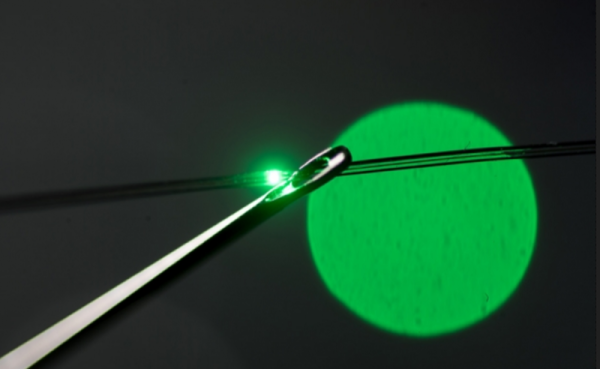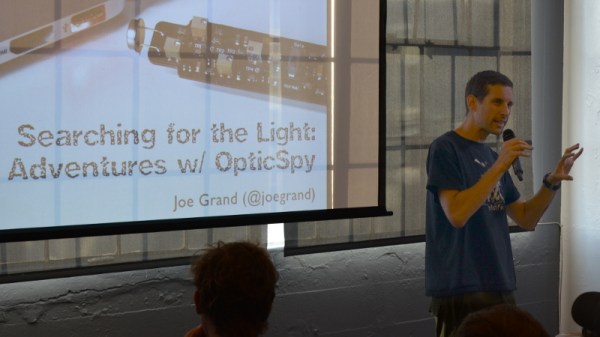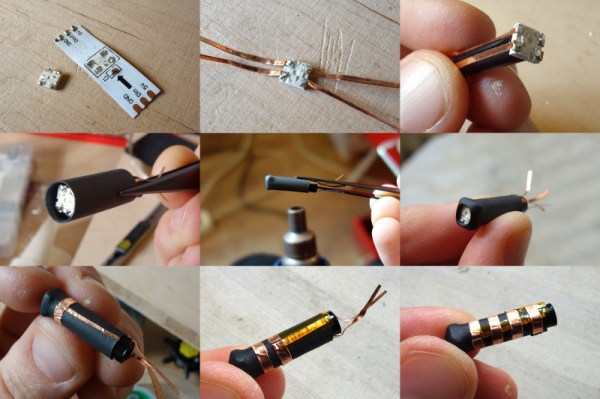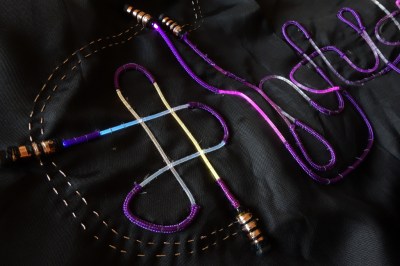Let’s face it, one of the challenges of wearable electronics is that people are filthy. Anything you wear is going to get dirty. If it touches you, it is going to get sweat and oil and who knows what else? And on the other side it’s going to get spills and dirt and all sorts of things we don’t want to think about on it. For regular clothes, that’s not a problem, you just pop them in the washer, but you can’t say the same for wearable electronics. Now researchers at MIT have embedded diodes like LEDs and photodetectors, into a soft fabric that is washable.
Traditionally, fibers start as a larger preform that is drawn into the fiber while heated. The researchers added tiny diodes and very tiny copper wires to the preform. As the preform is drawn, the fiber’s polymer keeps the solid materials connected and in the center. The polymer protects the electronics from water and the team was able to successfully launder fabric made with these fibers ten times.














